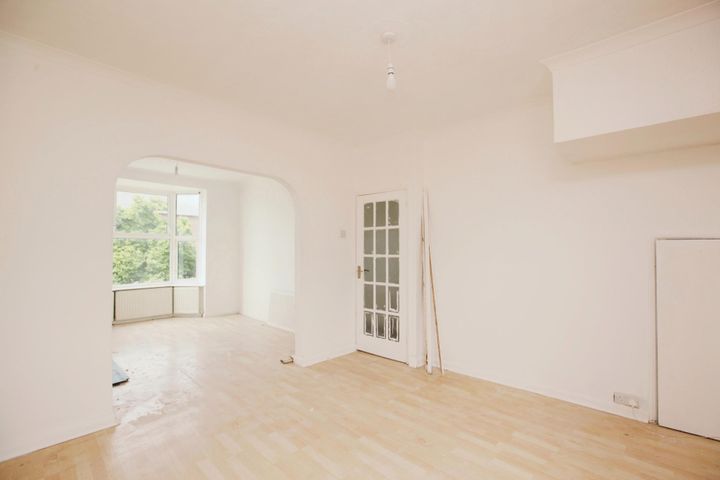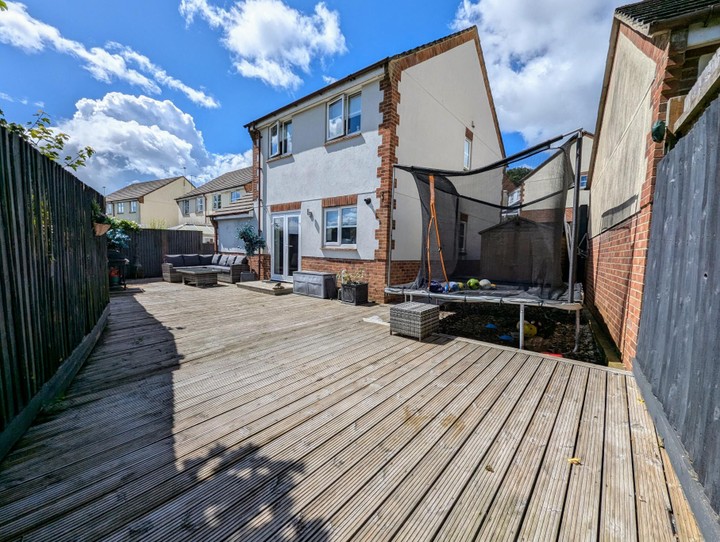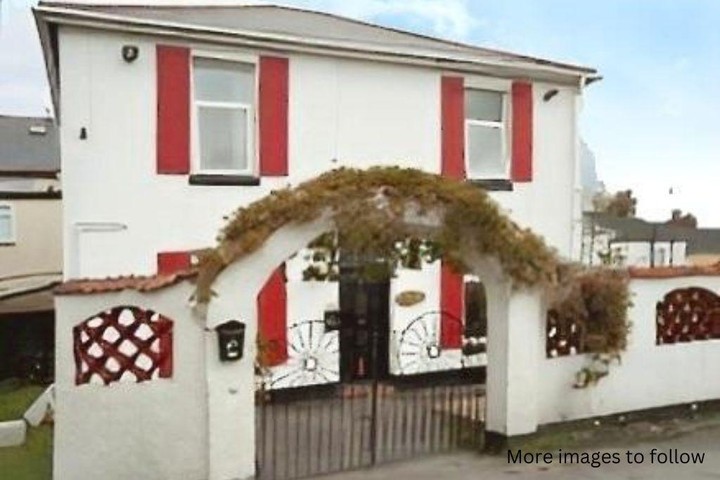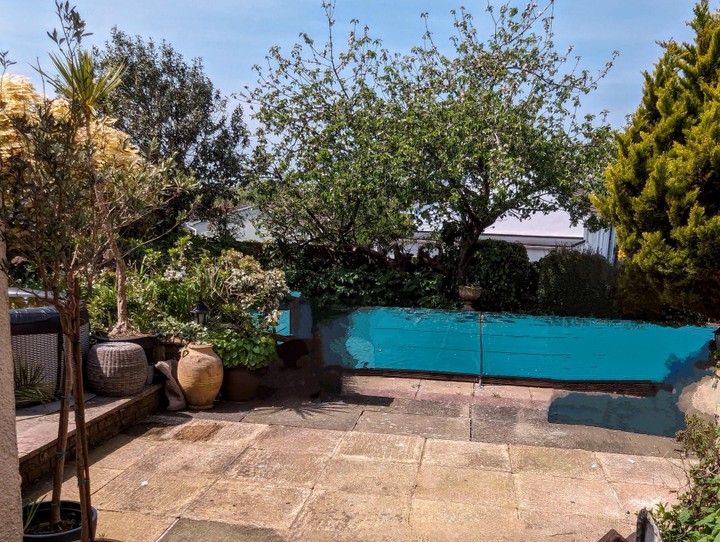Real estate prices in Torquay are influenced by several key factors, including location, amenities, and market trends. Proximity to the coastline, with properties offering sea views or easy access to beaches like Torre Abbey Sands or Meadfoot Beach, significantly drives up prices. The desirability of neighborhoods, such as St Marychurch and Wellswood, where charming shops and cafes are prevalent, also plays a role. Additionally, the presence of schools, healthcare facilities, and public transport links can enhance property values; for instance, homes near Torquay railway station often attract buyers for their convenience. Seasonal variations, driven by tourism, can lead to fluctuations in demand, further impacting prices. Economic conditions and local developments, such as new housing projects or infrastructure improvements, can reshape the real estate landscape, making certain areas more attractive and influencing buyer confidence.
Torquay
Location
Price Range
Any price
Price Range
Minimum
No min
Maximum
No max
Property type
Show all
Property type
Show all
House
Apartment
Building
Other
Bedrooms
Any beds
Bedrooms
Minimum
No min
Maximum
No max
Surface Range
Any surface
Surface Range
Minimum
No min
Maximum
No max
Sale type
For sale
Sale type
Show all
To rent
For sale
Location
Apartments and houses for sale in Torquay
6 results
Recent
Torquay insights
| Aspect | Summary |
|---|---|
| Population | Torquay has an estimated population of around 65,000. |
| Average Property Price | The average property price in Torquay is approximately £280,000. |
| Rental Yield | The average rental yield in Torquay is about 5.5%. |
| Average Rent | The average monthly rent for properties in Torquay is around £1,200. |
| Occupancy Rate | The occupancy rate for rental properties in Torquay is approximately 90%. |
| Capital Growth Rate | The capital growth rate for properties in Torquay is about 3% per annum. |
| Property Tax | The average property tax rate in Torquay is approximately £1,500 per year. |
| Transaction Costs | Transaction costs for property purchases in Torquay are typically around 3% to 4% of the property price. |
| Expected ROI | The expected return on investment (ROI) for property in Torquay is around 7%. |
| Economic Growth Impact | Torquay's economy is positively impacted by tourism, contributing to property demand. |
Torquay FAQ
What factors influence real estate prices in Torquay?
How do seasonal changes affect property prices in Torquay?
Seasonal changes in Torquay can significantly impact property prices, largely driven by demand fluctuations and tourism trends. During the summer months, the coastal town becomes a hotspot for holidaymakers, often increasing demand for rental properties and second homes. This seasonal influx can drive up property prices as buyers seek to capitalize on the lucrative holiday rental market. For example, properties with sea views or proximity to local attractions like the famous Torquay Harbour may see prices soar as investors vie for these prime locations. Conversely, during the winter, the demand typically decreases, leading to a stabilization or drop in prices as fewer tourists visit, and potential buyers are less active. Additionally, the local economy, heavily reliant on tourism, may experience seasonal downturns affecting overall housing market sentiment. Therefore, the interplay between summer tourist footfall and off-peak seasonal lulls plays a crucial role in shaping property values in Torquay.
What are the average home prices in Torquay?
The average home prices in Torquay have shown considerable variation depending on the type of property and its location. As of late 2023, the average price for a detached house is around £350,000, while semi-detached homes typically range from £250,000 to £300,000. Terraced houses can be found for approximately £240,000, and flat prices generally start around £180,000. High-demand areas, especially those close to the sea or with beautiful views, can push prices upwards, with some larger detached homes exceeding £500,000. In contrast, properties situated on the outskirts may offer more affordable options, appealing to first-time buyers and investors looking for rental opportunities.
How have real estate prices in Torquay changed over the past few years?
Over the past few years, real estate prices in Torquay have seen significant fluctuations, influenced by various factors including demand, local amenities, and economic conditions. In 2020, the average house price in Torquay was around £260,000, but by 2023, this figure had risen to approximately £320,000, reflecting a noticeable increase. The COVID-19 pandemic spurred many buyers to seek homes in coastal towns, which led to a competitive market in Torquay, characterized by swift sales and often above-asking-price offers. Areas such as Chelston and Wellswood have particularly experienced a surge in demand, with properties there fetching higher prices due to their desirable locations and proximity to the seafront. Moreover, the ongoing development of infrastructure and amenities in and around the region has further contributed to the rising property values, attracting both buyers and investors looking for holiday lets or permanent residences.
Is there a difference in property prices between different neighborhoods in Torquay?
In Torquay, property prices can vary significantly between neighborhoods due to factors such as location, amenities, and views. For example, areas close to the seafront, like Wellswood and Torquay's harborside, tend to command higher prices due to their scenic views and proximity to restaurants and shops. In contrast, neighborhoods farther inland, such as Shiphay and Barton, generally offer more affordable options, although they may lack the same coastal appeal. Additionally, properties in more established areas like Living Coasts, known for its cultural attractions and access to parks, often see a premium compared to newer developments on the outskirts of the town. The variance in property types also contributes to pricing differences, with larger family homes typically being sought after in quieter residential areas, while smaller apartments near the beach might attract investors looking for holiday rentals.
What amenities in Torquay can affect real estate prices?
In Torquay, several amenities significantly impact real estate prices. Proximity to the seafront and picturesque beaches, such as Torre Abbey Sands and Meadfoot Beach, can increase property values, as properties with ocean views or easy access to the water are highly sought after. The presence of quality schools, like Torquay Academy and Cockington Primary School, also plays a crucial role; families often prioritize homes in catchment areas of reputable educational institutions. Moreover, local attractions, including the English Riviera’s leisure facilities, Torquay Marina, and the historic Babbacombe Model Village, attract tourists and residents alike, boosting demand for nearby properties. Additionally, transport links, especially the ease of access to the A380 and the railway station with connections to Exeter and London, affect prices, as convenient commuting options appeal to professionals and retirees looking for a balance of coastal living with urban accessibility.
How do school ratings impact real estate prices in Torquay?
In Torquay, school ratings significantly influence real estate prices, as families often prioritize proximity to high-performing schools when selecting a home. Properties located near schools with high Ofsted ratings tend to command higher market values due to increased demand from buyers seeking quality education for their children. For instance, homes near Torquay Academy, which has received positive reviews for its academic performance and extracurricular opportunities, are often more sought after, resulting in a premium on sale prices. Additionally, areas with schools that offer specialized programs, such as grammar schools or those with strong performing arts departments, further enhance property desirability. This trend is evident in neighborhoods like St. Marychurch, where families flock to find residences close to well-regarded educational institutions, driving up property values in these locales. Conversely, homes near schools with lower ratings can struggle to maintain value, showcasing the tangible impact school performance has on local real estate dynamics.







